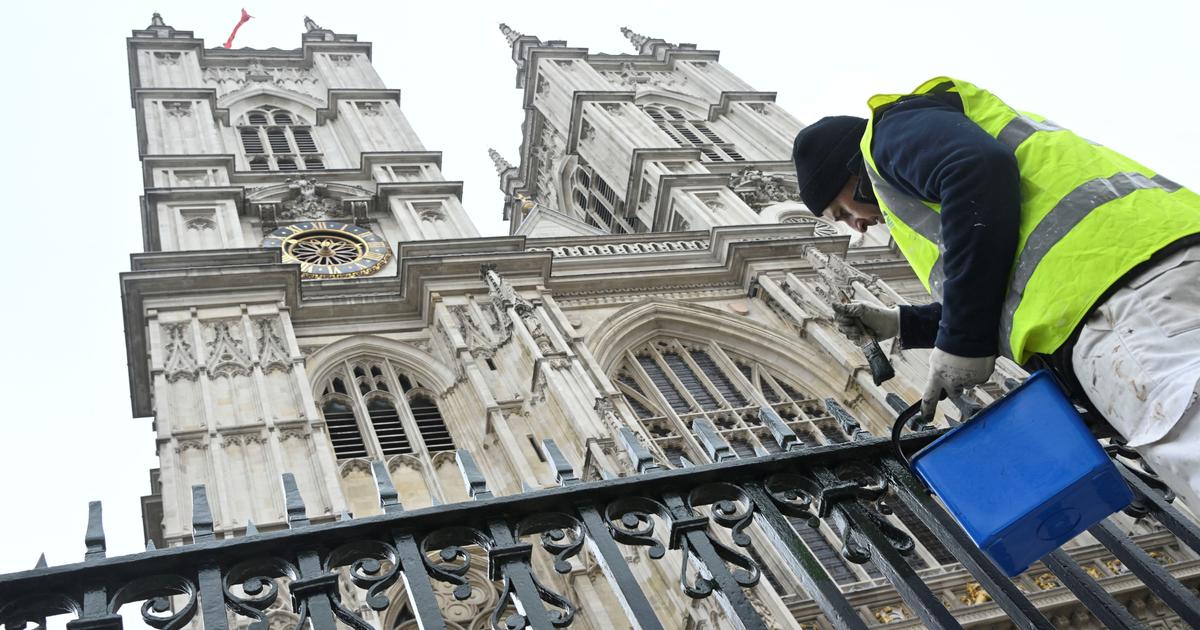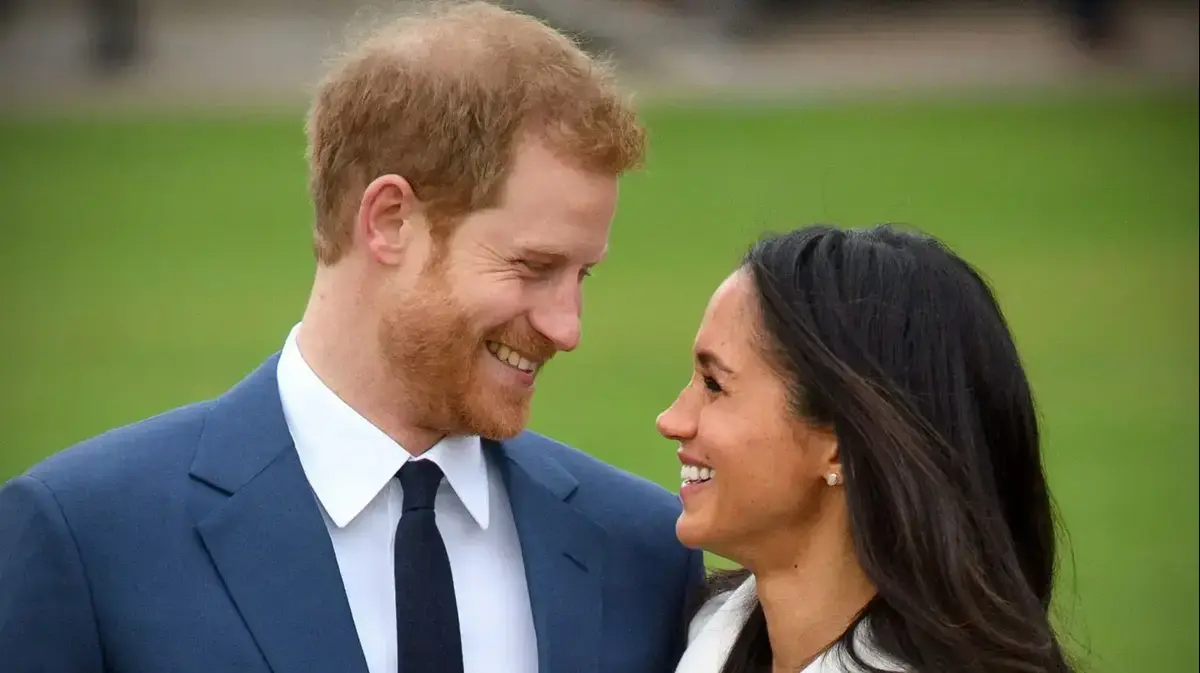Westminster Abbey, which will host the coronation of King Charles III on May 6, has been at the heart of the British monarchy for almost a millennium.
In the 1040s, King Edward the Confessor built a stone church on the site of a Benedictine monastery founded around 960. Construction of the imposing Gothic abbey we know today began under King Henry III in 1245. The abbey located in central London was built as a venue for the coronations and funerals of monarchs.
Charles III will be the 40th monarch to be crowned in the abbey, almost a millennium after William the Conqueror in 1066.
Coronations and weddings
Charles will be crowned on the
"coronation chair"
, like his mother Elizabeth II in 1953. This throne was made in 1300-1301.
It once included the Stone of Destiny, used for centuries to crown the kings of Scotland.
This block of sandstone was briefly stolen by Scottish students on a daring endeavor in 1950, and accidentally snapped in half.
In 1996, in full rise of independence sentiment, the stone was symbolically returned to Scotland.
But it is agreed that she will return from Edinburgh Castle to Westminster for the coronations.
The building has also been the scene of royal weddings, most since the First World War.
The first was that of the wedding of King Henry I to Princess Matilda of Scotland on November 11, 1100. Charles' grandparents, Prince Albert - later to become King George VI - and Elizabeth Bowes-Lyon were married there in 1923.
Charles' mother also got married there when she was still only Princess Elizabeth.
The future Queen married Philip Mountbatten in Westminster in 1947, bringing some color into the post-war era.
Elizabeth II's sister Princess Margaret and her children Princess Anne and Prince Andrew were also married there.
The last royal wedding held there was that of Charles' eldest son, William, who married Kate Middleton in 2011.
Dickens, Kipling, Purcell
Fourteen years earlier, in 1997, William attended the abbey at the funeral of his mother Diana, who died in a car accident in Paris.
A total of 30 kings and queens are buried at the abbey.
King George II was the last, in 1760.
The funerals of 3,300 people were celebrated there, including those of illustrious figures in British history: Charles Dickens, Rudyard Kipling, Henry Purcell, as well as eight Prime Ministers.
This is where the funeral of Queen Elizabeth II was celebrated on September 19, 2022, in front of 2,000 guests.
The ashes of astrophysicist Stephen Hawking were placed there in 2018 between the graves of Isaac Newton and Charles Darwin.
Other personalities have their memorial there, and there is the tomb of the unknown soldier, whose body was repatriated from continental Europe after the First World War.
“Royal Peculiar”
The abbey, which bears the full name of Collegiate Church of St Peter, Westminster, has "royal peculiar"
status
, meaning that it is exempt from any ecclesiastical jurisdiction other than that of the monarch.
The King is the head of the Church of England.
The abbey can usually accommodate around 2,200 people, although most will not be able to see the king's coronation due to the wall that separates the nave from the choir.
In 1953, about 8,250 people rushed to the coronation of Elizabeth II, thanks to bleachers installed for the occasion.
Some 2,000 people are expected for Charles' coronation, far fewer than 70 years ago due to new security standards.
Apart from periods of royal celebrations, the abbey regularly holds religious services open to the public.






